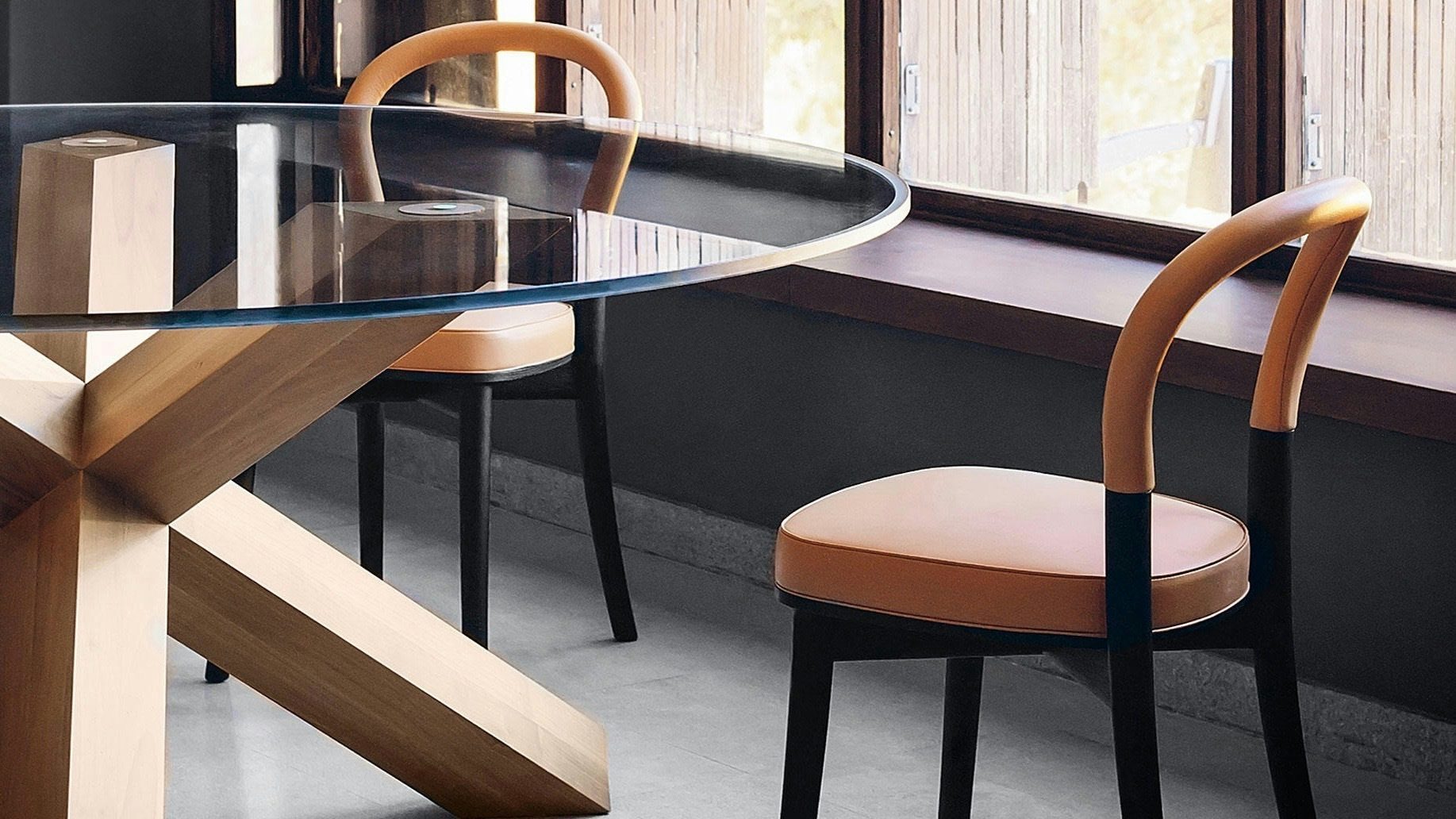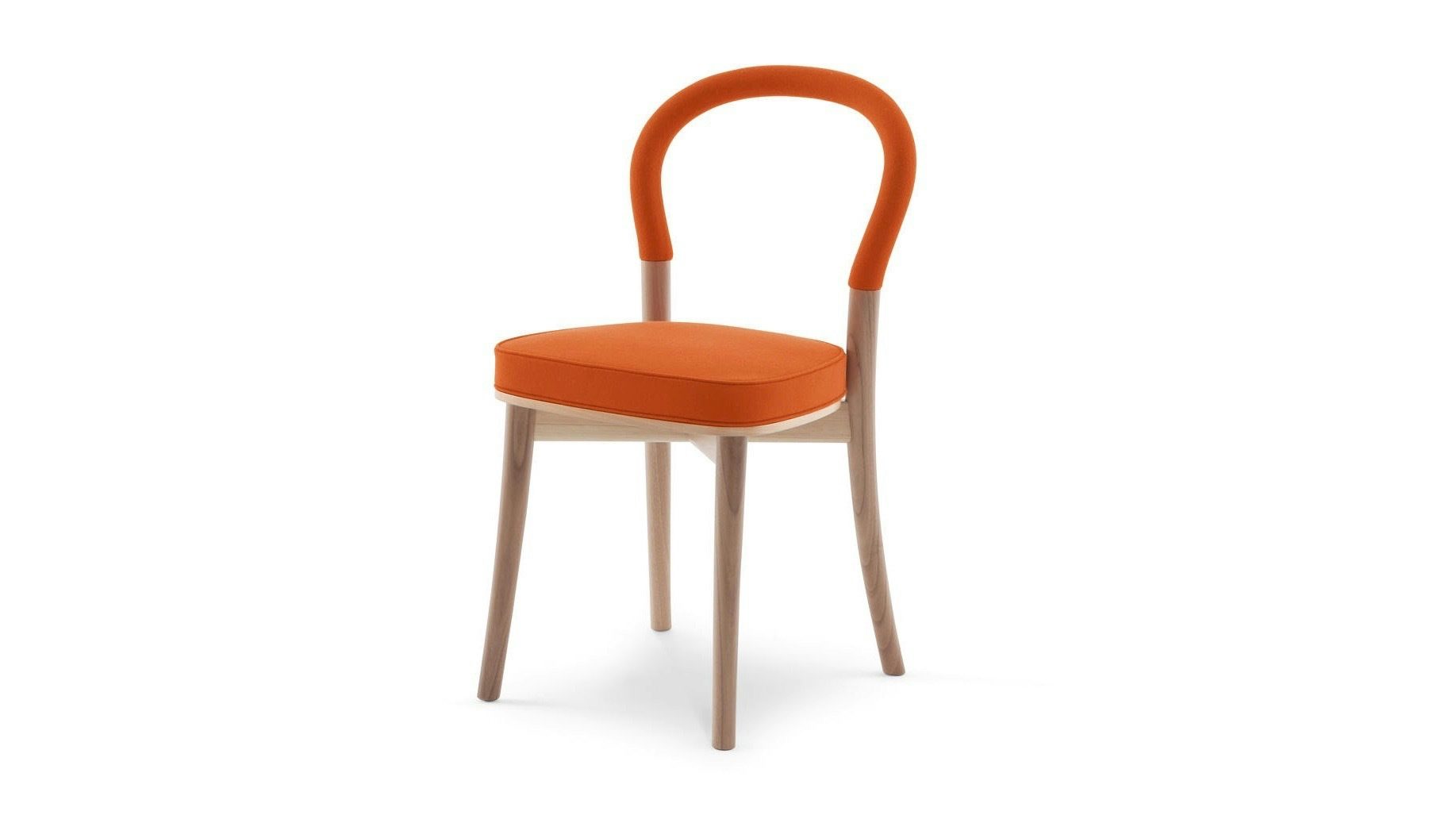Product Gallery
Video
Erik Gunnar Asplund
Sweden (1885–1940)
Born in Stockholm, Erik Gunnar Asplund occupies a central position in the development of Scandinavian architecture and design of the twentieth century. He is regarded as the archetype of the generation that gave rise to the maturing process of the aforementioned domains, then developed by characters such as Alvar Aalto, Erik Bryggman, Arne Jacobsen, Jørn Utzon. After graduating as an architect in 1909, many trips to Europe and the United States punctuate his apprenticeship. His works from the years 1911 to 1930, influenced by a strong romantic tradition, express a neoclassical language, based on vernacular cultural bases. It is in 1930, the year of the Stockholm Exhibition, that Asplund managed to go beyond the rigid and stereometric language of the first years of rationalism by anticipating in a very personal way the tendencies of the Modern Movement.
More in Furniture
View All
by Antonio Citterio
for Maxalto
Febo Dormeuse

by Patrick Norguet
for Cassina
P22 Lounge Chair

by Antonio Citterio
for B&B Italia



